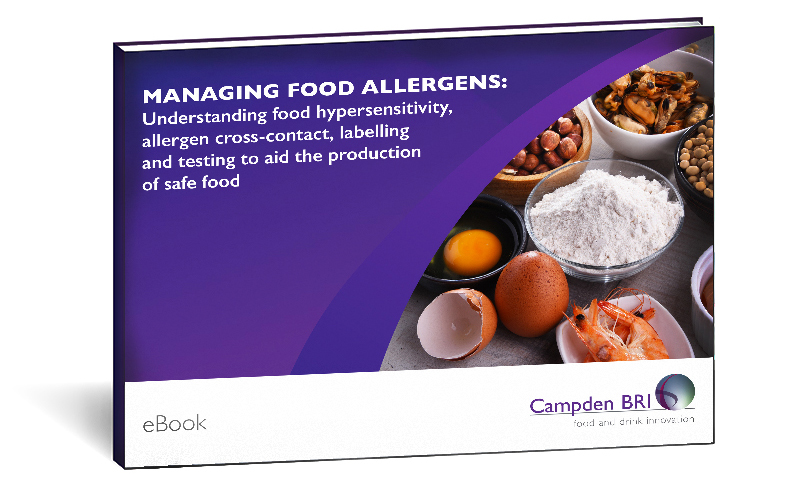Allergen labelling for foods prepacked for direct sale (PPDS)
13 minutes
From 1 October 2021 in England, Wales, Scotland and Northern Ireland, any food that is prepacked for direct sale (PPDS) must have labelling that displays the name of the product as well as the full list of ingredients with the allergens emphasised. This new law is colloquially known as Natasha’s Law. To explain the changes, Helen Arrowsmith, Principal Food Adviser and Allergen Specialist at Campden BRI takes us through the legislation and helps you decide whether it applies to you and your products.
Download our FREE Managing Food Allergens eBook today! Secure food safety, control and confidence through effective allergen management

How can we help you?
If you’d like to find out more about allergen labelling, contact our Regulatory Affairs team to find out how we can help.
Are you a Campden BRI member who attends the MIG meetings?
- If not, you’re missing out on a whole host of exclusive benefits such as learning from industry-leading experts and networking with peers to overcome your challenges.







